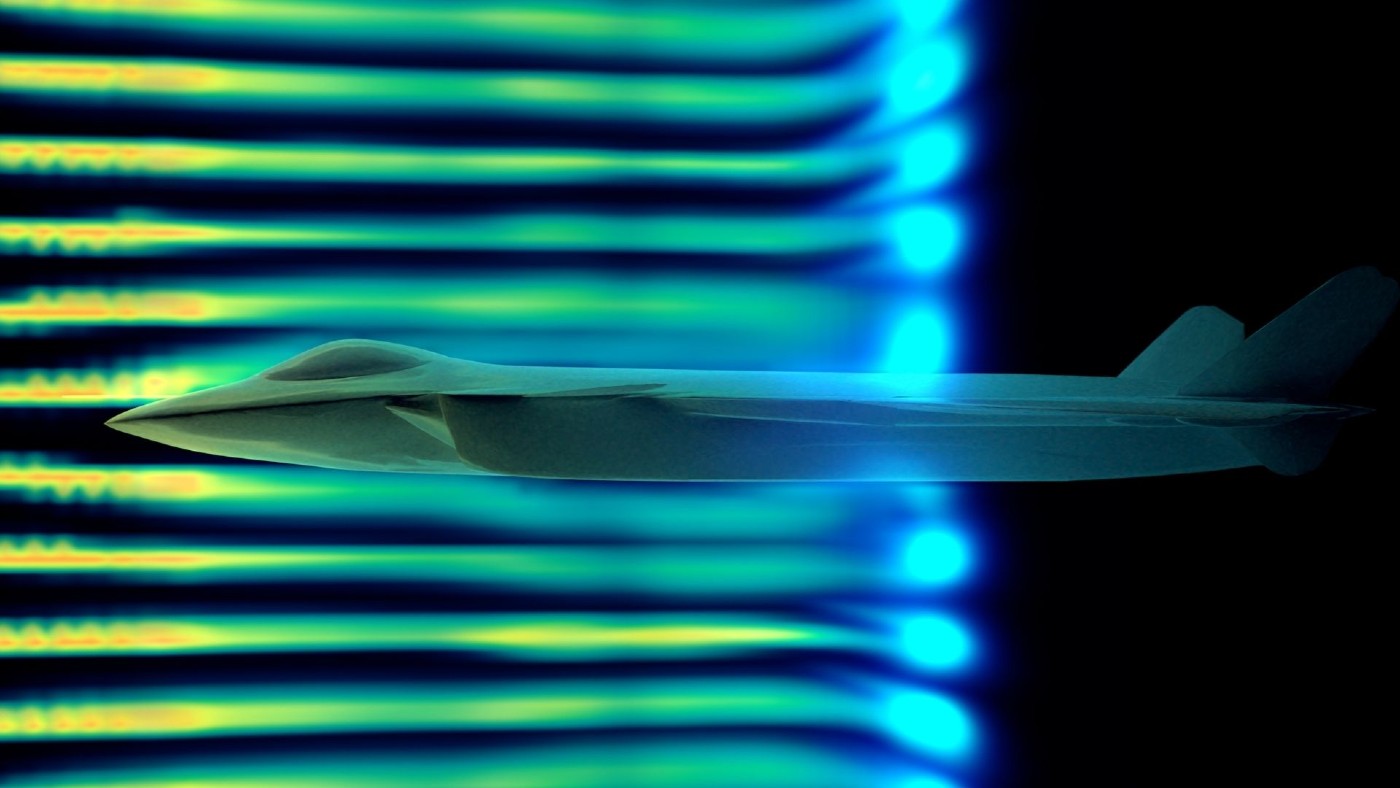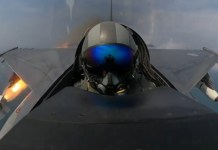China claims to have achieved a significant milestone in pursuing its hypersonic technology. The highly anticipated JF-22 wind tunnel has passed its acceptance check after years of development, state media Global Times reported.
Chinese Navy ‘Burgeons’ With Might & Muscle, US Navy Looks At Japan & South Korea To Counter The PLA Navy
The wind tunnel, which China asserts is capable of simulating flights at Mach 30, is expected to contribute to its advancement substantially.
The JF-22 hypervelocity wind tunnel is a critical national project in scientific research instrument development, sponsored by the National Natural Science Foundation of China and carried out by the Institute of Mechanics at the Chinese Academy of Sciences.
The Chinese media, citing a press release from the National Natural Science Foundation of China (NSFC), said that the NSFC recently held an acceptance check meeting for “the JF-22 hypervelocity wind tunnel at the Institute of Mechanics of the Chinese Academy of Science in Beijing.”
In a unanimous decision, a delegation comprising 16 experts from diverse institutes and organizations approved the acceptance check for the JF-22 hypervelocity wind tunnel.
The project team apparently received a commendation for meeting their development and research objectives within the designated timeline.
Furthermore, the wind tunnel’s comprehensive performance parameters, such as effective experiment time, total temperature, total pressure, and nozzle flow field size, were praised for attaining “world-leading levels,” as stated in the press release.
Commencing in 2018, the project has received extensive coverage from Chinese media, underscoring its crucial role in positioning China at the forefront of hypersonic advancements compared to other nations.
Over five years, the project culminated in constructing a super-large experimental instrument, boasting dimensions of 167 meters in length, a 2.5-meter nozzle exit, and a four-meter test cabin diameter.
The wind tunnel can test airflows ranging from three to 10 kilometers per second, equivalent to speeds as high as Mach 30.
This unique capability positions the wind tunnel as a potent tool in advancing China’s aerospace transport systems and hypersonic aircraft development.
JF-22 Wind Tunnel Propels China’s Hypersonic Tech?
According to previous reports, the Chinese hypersonic test facility distinguishes itself from its Western counterparts by utilizing a unique operating technology.
In contrast to facilities in other countries that rely on mechanical compressors to generate high-speed airflow, the JF-22 wind tunnel employs chemical explosions to create hypersonic conditions.
The fuel used in this process burns exceptionally rapidly, around 100 million times faster than a conventional gas stove, resulting in the generation of shock waves resembling those experienced by aircraft during hypervelocity flights at high altitudes.
In its latest press release, the institute said, “The combination of the JF-22 hypervelocity wind tunnel and the previously developed JF-12 reproduction wind tunnel has become the only ground experimental platform that can cover all flight ranges for near-space aircraft.”
In an interview with China Central Television in August 2021, project leader Jiang Zonglin stated that aerospace aircraft could potentially reduce the cost of satellite and spacecraft launches by 90 percent.

Additionally, he mentioned that hypersonic aircraft, capable of flying at speeds ranging from Mach 5 to 10, would enable travel to any location worldwide within one or two hours.
Global Times quoted Chinese aerospace expert Fu Qianshao as saying, “Once related technologies reach maturity, hypersonic aircraft could find applications not only in military operations such as reconnaissance and attack but also in civilian sectors like transportation.”
Fu further emphasized that developing aerospace aircraft is a long-term objective, as it necessitates advancements in powerful engines. Nonetheless, he believes the investments made in this field will be worthwhile.
Hypersonic aircraft hold the potential to reduce travel times significantly, with several reports suggesting that it could enable New York to London flights in as little as 90 minutes. In addition to its transportation benefits, the technology also has the potential to enhance weapons capabilities.

It is widely believed that the United States has fallen behind Russia and China in developing and deploying hypersonic weapons. However, some geopolitical observers argue that hypersonic weapons’ hype may be excessive and that their effectiveness is limited to targeting high-priority strategic objectives.
Nonetheless, in recent years, the development of wind tunnels in China has accelerated, indicating the country’s aspirations to make significant advancements in hypersonic technology.
- Contact the author at ashishmichel(at)gmail.com
- Follow EurAsian Times on Google News




